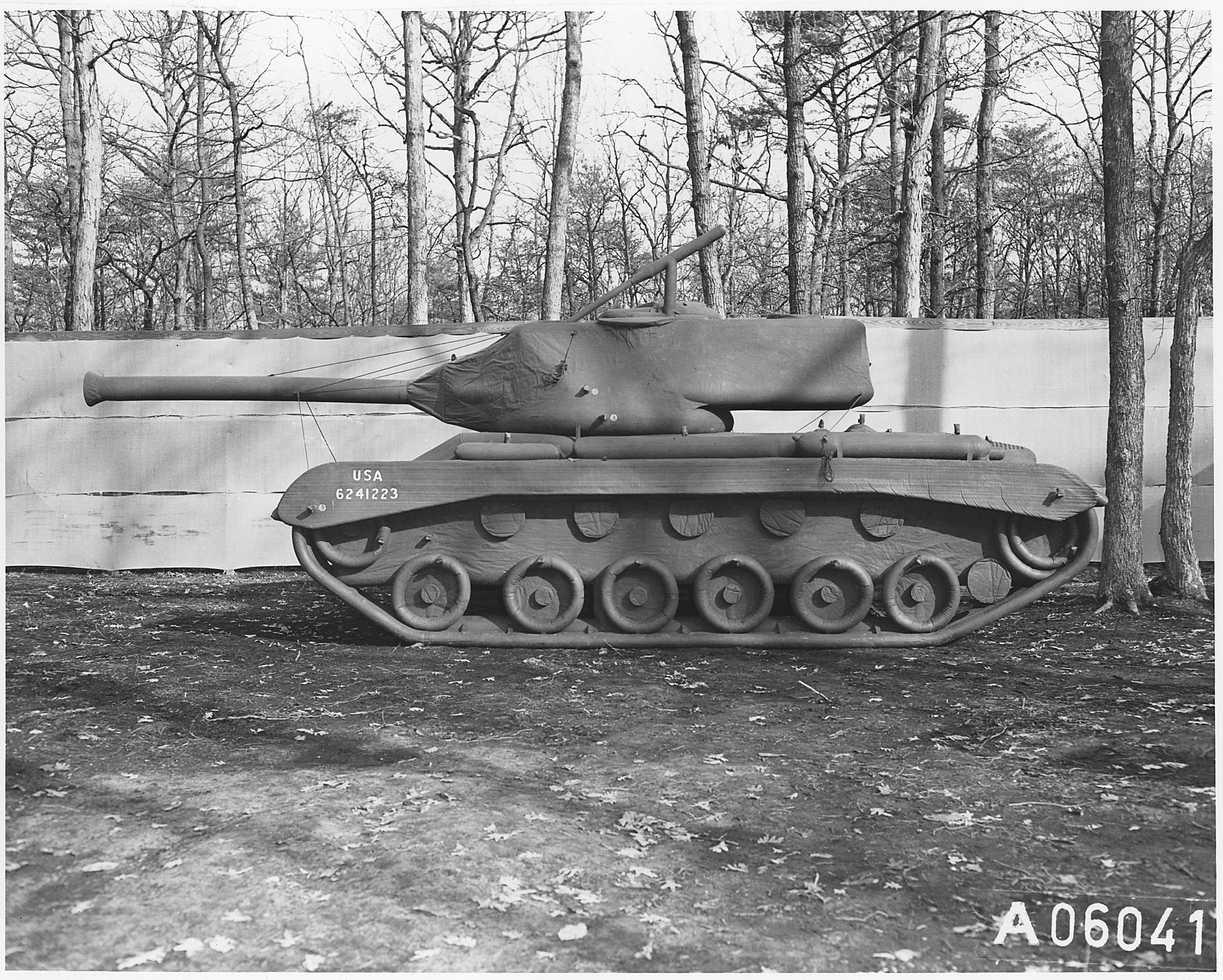Deception and military subterfuge have been used throughout history. The aim is to give armies the upper hand by tricking the enemy. The practice dates back to the beginning of time and has seen a lot of success. The following are just some of the best and most famous examples of these techniques in action.
Operation Uranus
In the 1930s, Germany and Russia were both significant military powers. In 1941, the German Army invaded Russia. While the Germans made progress along the Eastern Front, they were unprepared for the cold weather, which hindered their success. As well, the forces stationed in Russia were beginning to be stretched thin, meaning they needed to supplement their strength with armies from other Axis powers.
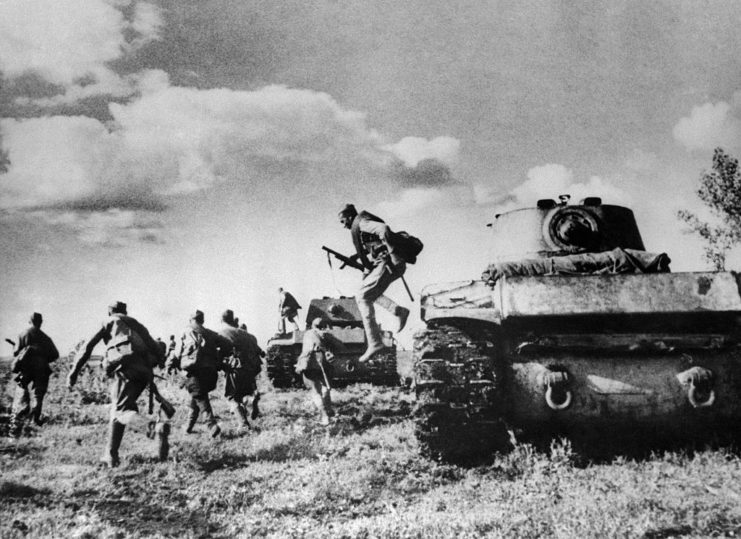
About halfway through the Battle of Stalingrad, from November 19-23, 1942, the Red Army conducted Operation Uranus. The aim was to “show” the Germans that Russia was in terror and mounting its last defense.
Despite their struggles, the Germans still had an air of confidence to them on the Eastern Front. To further grow this and lull them into a false sense of security, the Russians dug fake trenches and deliberately lost skirmishes. They then sent in the full might of their army, resulting in the encirclement of not only the German Sixth Army, but the Third and Fourth Romanian armies and part of the German Fourth Panzer Army.
Q-Ships and the British Royal Navy
During the First World War, German U-boats terrorized the seas. British forces had trouble matching their firepower in one-on-one matchups, so, instead, the British Royal Navy decided to use deception.
The British began arming merchant ships, dubbed “Q-Ships,” with concealed weapons. The common practice for the U-boats was to approach ships and allow passengers to leave on lifeboats before sinking the vessels. As well, since torpedoes were expensive, the Germans often chose to rise to the water’s surface and sink ships with shells.
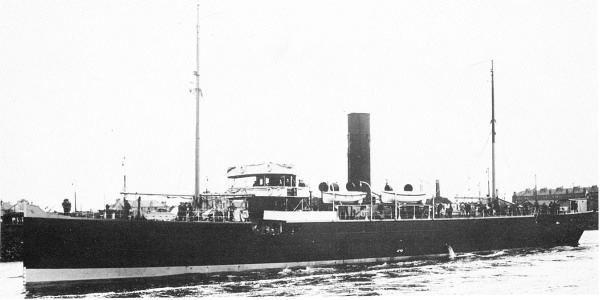
The Royal Navy lured U-boats close to shore with their Q-Ships. Once the Germans were close, their artillery would come out and the British would attack at close range. Due to the success of this practice in the 1910s, Q-Ships were used by both the Allied and Axis powers during World War II.
D-Day deceptions
Over the course of WWII, the Allies slowly turned the tide. In order to win the war, they needed to make their way into Germany, and they planned to do so by first landing on – and securing – France. However, the numbers in the Germany Army were still strong and, as such, the Allies needed to make use of subterfuge. One way of accomplishing this was through the use of dummy tanks.
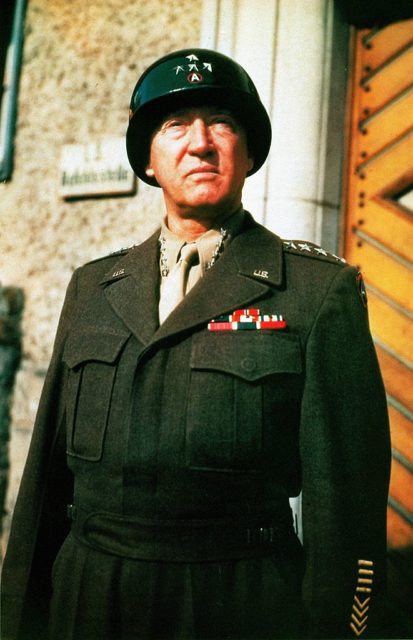
In addition, the US forces also had fake parachute jumps and even created a fake Army under the command of Gen. George Patton. Dubbed the First United States Army Group (FUSAG), it was created for Operation Quicksilver, which was a part the larger Operation Bodyguard.
The was to convince Germany that the FUSAG was planning an invasion of Calais. To make the deception more realistic, the Allied forces created fuel depots, barracks, tents and ammo dumps. They also made use of double agents, who would present the German high command with false reports about the movements of the FUSAG.
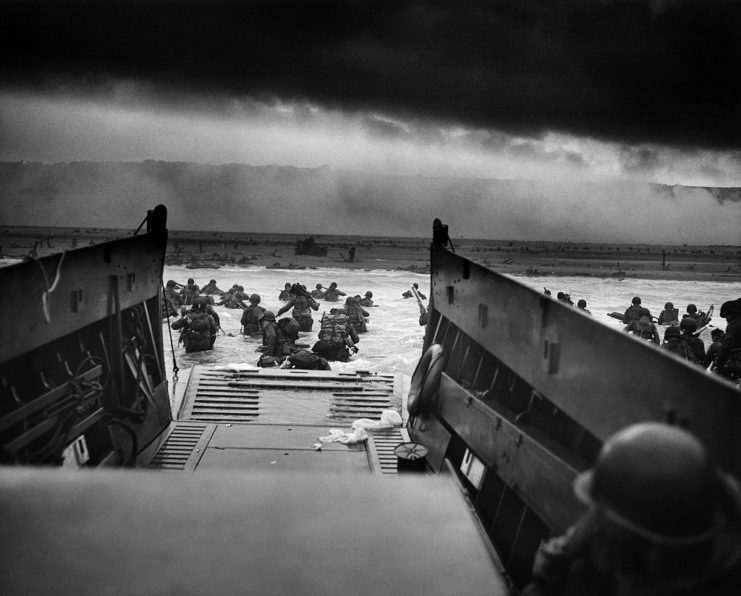
The diversion was successful, and D-Day wound up being the turning point of the conflict.
The Trojan Horse
The best-known story of military deception is also the oldest. The tale is laid out in the Aeneid, written by Virgil between 19-29 BC. In the story, the Greeks had tried to lay siege to Troy for more than 10 years, but their attempts had been fruitless. That changed when they began to utilize deception.
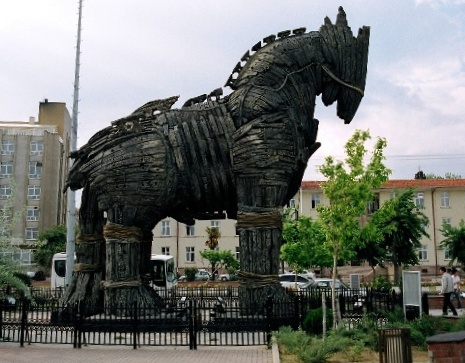
In the Aeneid, the Greeks led the Trojans to believe they were giving up on their battle plans, and those in Troy thought the Greeks were leaving the area via the sea. To commemorate the conflict, the Greeks had sent a massive wooden horse. It was then brought in through the Trojan gates. At this point, the Greeks, including Odysseus, came out of the false horse and laid waste to the Trojan Army.
Quaker guns
The American Civil War also saw many instances of subterfuge. One of the most effective methods was the use of “Quaker guns,” false weapons dating back to the 1700s. The Quakers, a religious sect, were pacifists, and the name is used to denote the fact that, while the guns may have resembled real cannons, they were, in fact, just painted pieces of wood.
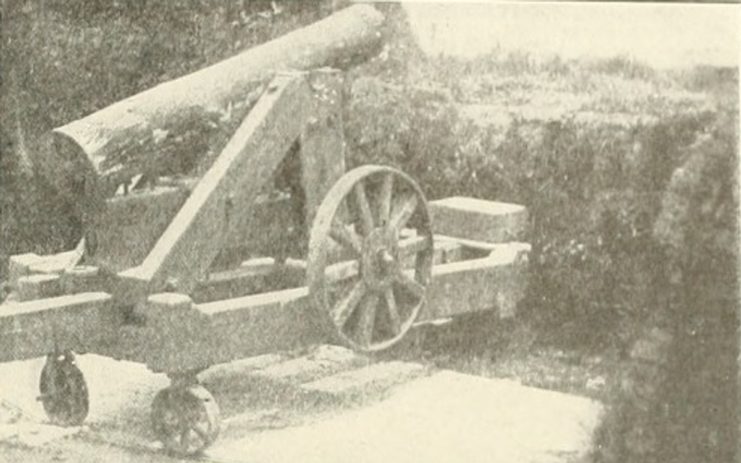
During the Civil War, the Confederate Army used Quaker guns to make up for their shortage of artillery. They were positioned in fortifications and used to delay Union assaults. A prime example of their use was when Confederate Gen. Joseph E. Johnston effectively used the fake cannons to draw Union soldiers in and allow his men to escape along the Rappahannock River.
Ghost Army
Some of the most interesting deception tactics of the Second World War were the result of the Ghost Army. Comprised of artists, photographers, sound engineers and architects, their goal was to trick the German Army into believing the Allies were stationed in areas where they weren’t.
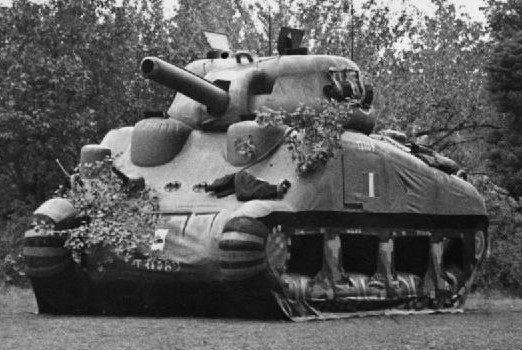
To accomplish this, members of the 603rd Camouflage Engineers used rubber tanks and dummy planes. The fake tanks were often placed alongside real ones, but were given less-than-acceptable camouflage, so that the entire convoy was less likely to be targeted. Other visual deceptions included dressing up as other infantrymen and driving around in looping convoys, to give the appearance that an entire unit was on the move.
More from us: Anti-War Resistance in the US Military During the Vietnam War
The Ghost Army also made use of sonic deception, with the help of the 3132 Signal Service Company. To do this, they recorded military sounds and noises, such as those made by tanks, infantrymen and artillery units. They also created “spoof radio,” where actors impersonated operators from real units.
